Plus things that suck about both
The Apple Watch has earned a reputation as one of the most complete and well-thought-out wearable gadgets you can buy today, but there are choices to be made even with the product line. One of the most important is whether you want a GPS and Wi-Fi-only model or the GPS + Cellular model.
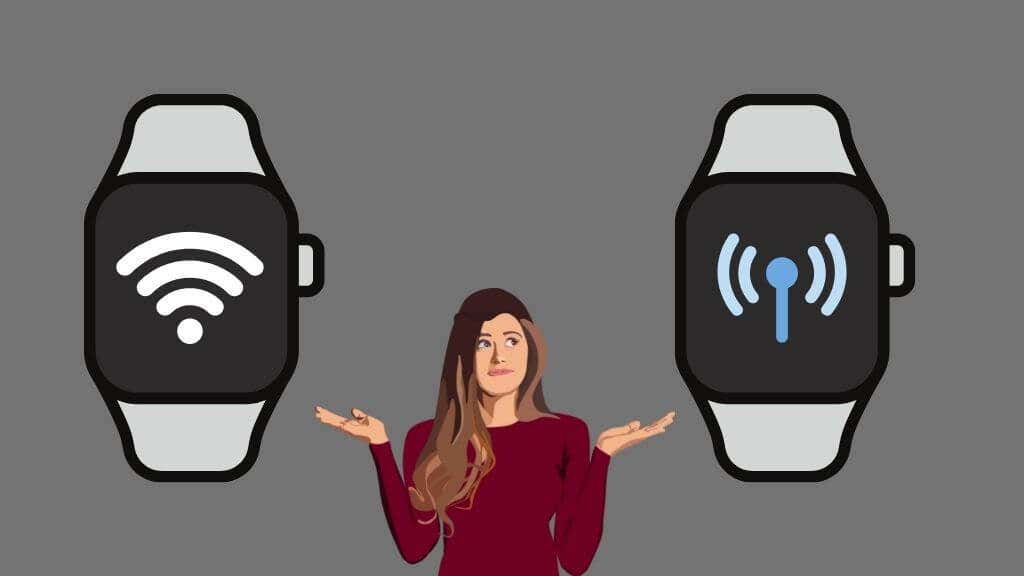
How Are the GPS and Cellular Apple Watches Different?
The main difference between the two models is that one has an LTE cellular radio and the other does not. With the cellular version, you can configure the internal eSIM to use your iPhone’s same number and data plan.
When the watch is near your iPhone, it will use a Bluetooth connection to the phone to work. If you’re out of range, it can continue to access data using its cellular connection. Of course, the Wi-Fi watch can also do this, as long as it has access to a Wi-Fi network, but the cellular model gives you the same freedom as any cellular device.
The two versions of the Apple Watch (Amazon, Best Buy) are the same in each Series. Other differences are purely cosmetic. For example, the Wi-Fi-only Apple Watch is only available in the cheapest aluminum case version. If you want the stainless steel case or titanium case material, you have no choice but to go for a cellular model.

Key Apple Watch features such as ECG functionality, blood oxygen measurement, heart rate, watch face choices, and everything not related to cellular technology is the same. They also run the same WatchOS apps and features.
All things being equal, the price difference isn’t significant, but if you aren’t going to use the additional features of the cellular model, it’s an amount still worth saving. So let’s look at the key differences that might influence your purchasing decision.
The Wi-Fi Model Has (Slightly) Better Battery Life
Since it lacks a cellular radio, the Wi-Fi model of the Apple Watch doesn’t eat through its battery life quite as quickly. However, this isn’t an entirely fair comparison since when both watches are linked to your iPhone, you should get more or less the same amount of battery life.
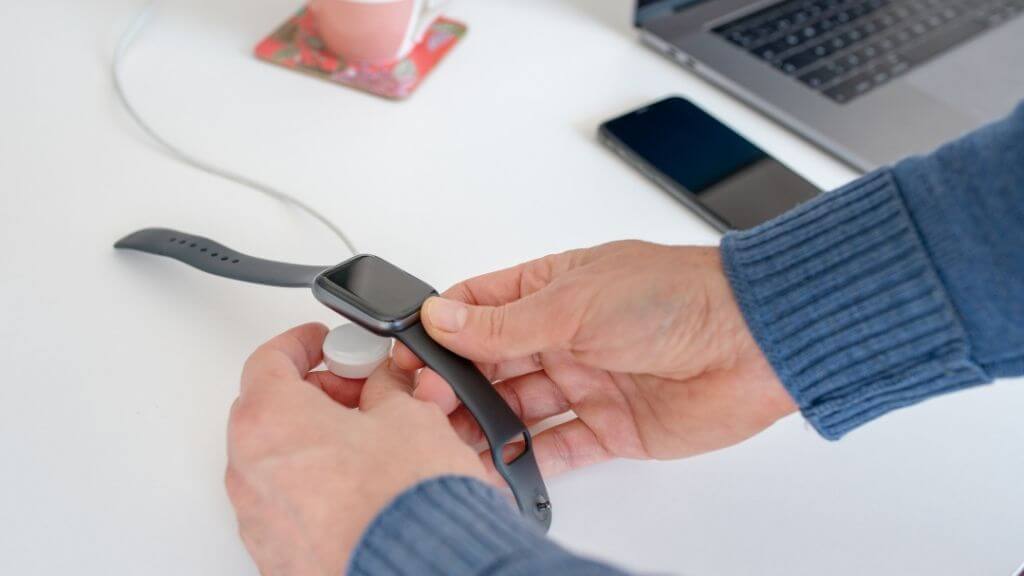
It’s only in independent mode on cellular that the battery differential is apparent. But since you can’t do that with the Wi-Fi model at all, it seems like a fair tradeoff. In either case, you’re not going to need a recharge more than once a day.
Siri Is More Useful With GPS + Cellular
Siri, Apple’s smart voice assistant, really comes into its own on an Apple Watch. It’s far easier to do everyday tasks such as web searches, calendar management, and all the other things that Siri can do using your voice instead of the tiny Apple Watch display.
As long as you have your iPhone with you, Siri works just fine on the Wi-Fi model of the watch, but if you go out for a run or otherwise leave your phone behind, Siri understandably doesn’t work anymore. That’s a real shame since Siri is such an effective and intuitive way to use the Apple Watch.
The GPS + Cellular Apple Watch Has Cooler App Features
Many apps for Apple Watch become significantly less helpful when they don’t have a data connection. Apps that stream content or GPS applications that download new maps offer a much better experience.
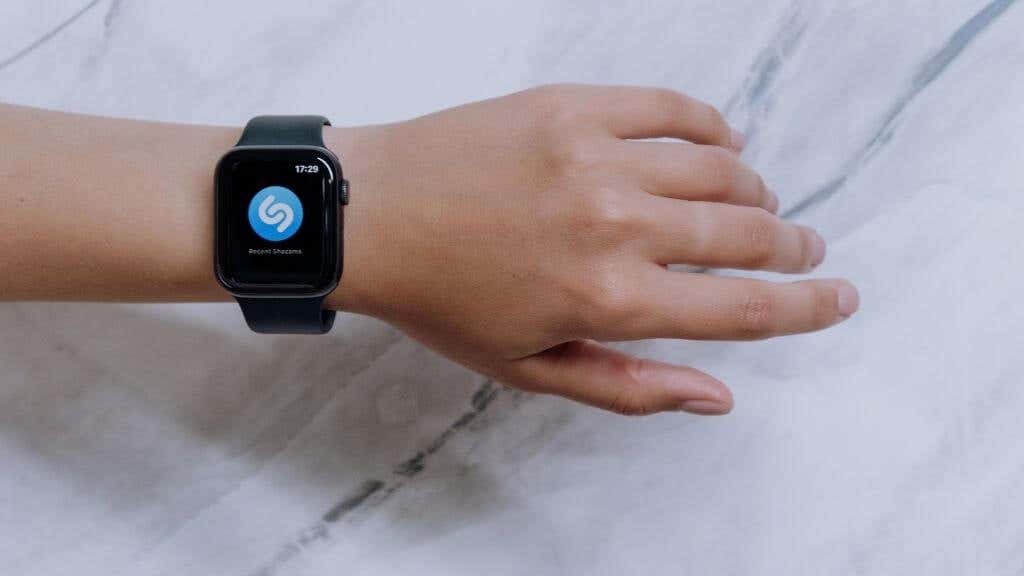
If you’re using your Wi-Fi-only watch without your phone, you have to pre-plan downloads to ensure the apps you’ll need will work. Now, when you have the cellular model, you can use your apps without having to predict they’d need them.
The GPS + Cellular Apple Watch Supports Family Setup
Usually, each Apple Watch owner has their own iPhone, but with Family Setup, it’s possible to set up an Apple Watch for a family member who doesn’t have an iPhone of their own.
If you plan on passing your new Apple Watch to someone in your family, such as a child, you can only use Family Setup with a cellular watch. Though, the watch doesn’t need to have the same carrier as the mobile phone.

In addition to a cellular Series 4 or newer Apple Watch, you also need an iPhone 6s. An Apple Watch that has been set up as a family watch, not linked to its own iPhone, has some limitations, and, of course, the person using the watch doesn’t have the same privacy as an independent user.
If you want to buy a watch for someone in your family group who doesn’t have an iPhone, buying an older Series cellular watch (or the SE model) is still cheaper than buying a Wi-Fi-only watch and an iPhone.
Streaming vs. Preloading Music and Podcasts
We briefly mentioned that one benefit of the cellular Apple Watch is that it doesn’t require content preloading when away from your phone. This is especially relevant to music and podcasts since you may get tired of the songs you’ve downloaded or run out of episodes.
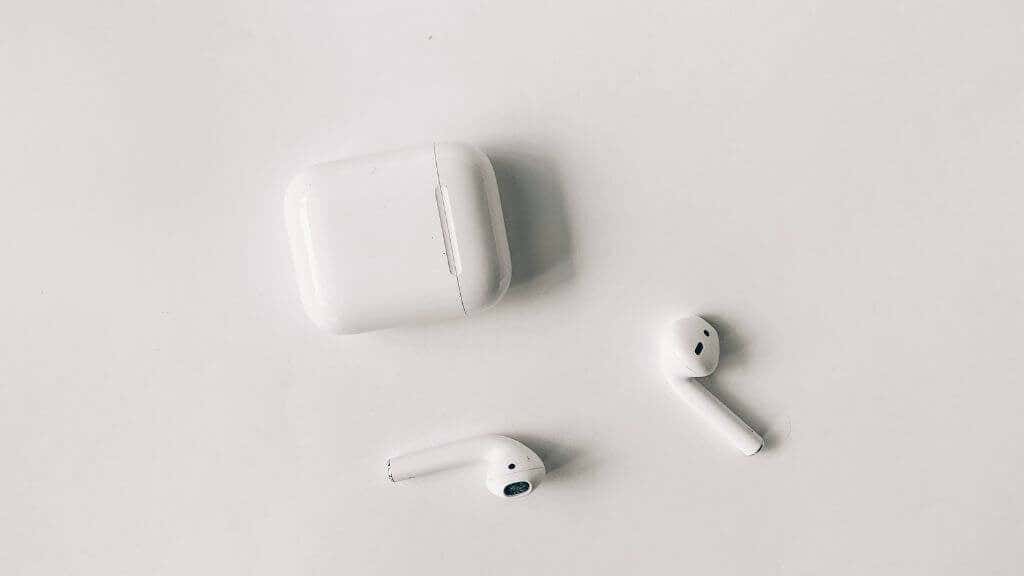
If you have a watch with cellular functionality, you can keep new songs coming when you stream Apple Music. Don’t forget, you can connect your Airpods or other Bluetooth headphones directly to your Apple Watch, so a cellular model can be a tremendous independent streaming device when you’re active and can’t take your phone with you.
Text Messages and Phone Calls Rock on the Cellular Apple Watch
The best part of having a cellular Apple Watch is that you can stay in touch without worrying about taking your phone with you. Whether you’re swimming in the ocean, hiking, running, or doing anything where your phone would be at risk of getting lost and breaking, you can communicate using the watch.
Text messages and phone calls all work pretty much the same way they do on your iPhone. The same goes for messaging apps such as WhatsApp, which allow you to read and respond to messages right there on your watch without a phone in sight.
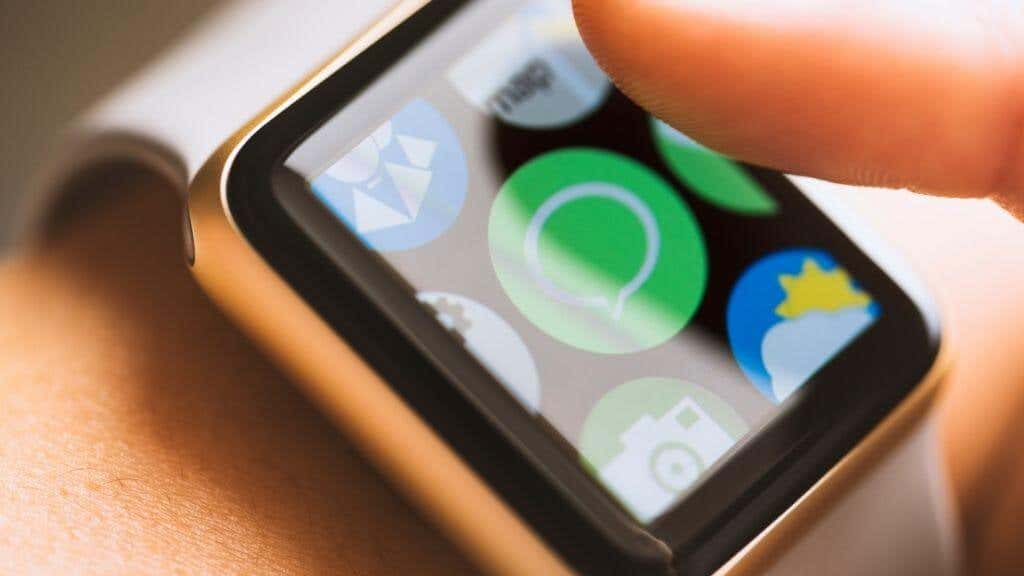
If you have apps or services that send you important notifications, you’ll also receive them on cellular Apple Watch models no matter what. If you can’t afford to miss your notifications, cellular makes sense.
The Cellular Watch Is Great in an Emergency
Apple Watch Series 4, Apple Watch SE, or later models have built-in fall detection. If it detects that you’ve had a hard fall, the phone will tap you on the wrist and ask if you’re okay. If you don’t move or respond within a minute, it will call emergency services to help you.
As you probably expect, the Wi-Fi model can only make that potentially life-saving call if your iPhone is near. If your iPhone has been left behind, broken in the fall, or has a flat battery, then you cannot call for help.

Since many users are most likely to leave their iPhones behind when doing something where there’s a real risk of a bad fall (such as hiking), this is a rather important feature.
Apart from automatic fall detection, being able to make an emergency call from your watch when hiking or otherwise enjoying the outdoors can be the difference between life and death. Even if you always take your phone with you, having two devices that can make calls independently is a good idea if one of them breaks or runs out of power.
The Cellular Model Has Some Important Restrictions
It’s tempting to think of the cellular Apple Watch as a mini iPhone for your wrist, but it’s not quite there yet. Before you spend the extra money on the cellular model, you should confirm that your current provider supports the eSIM in the Apple Watch.
You can’t sign up for an independent Apple Watch cellular plan. If you use a provider like AT&T, your Apple Watch has to be linked to that account. It’s not free either. You’ll have to pay a monthly fee to share the same account and phone number.
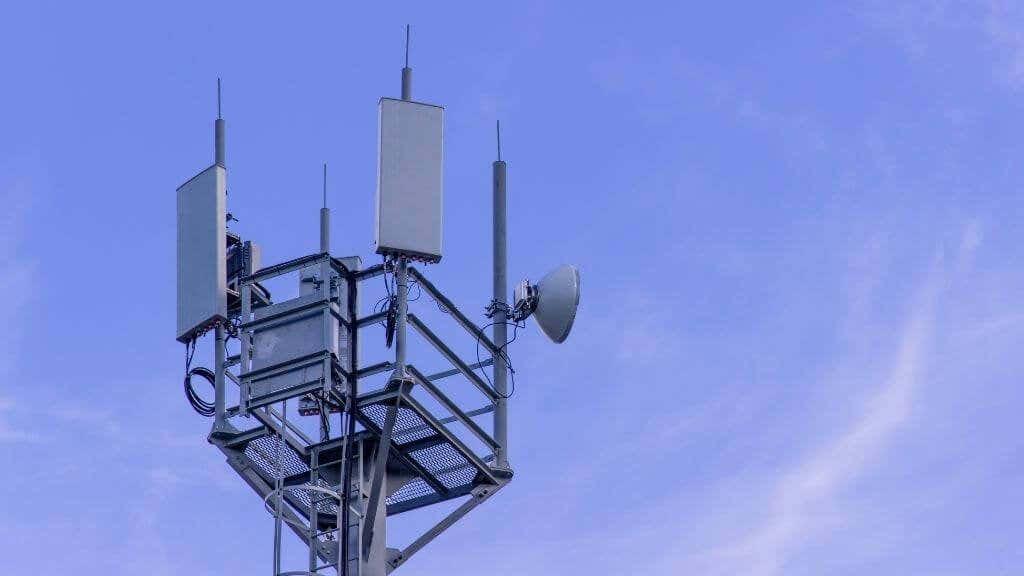
If you’re currently on a carrier that doesn’t support the Apple Watch at all and you don’t want to change, then the cellular model doesn’t represent a sensible deal for you.
Things That Suck About Both Watches
While this article is mainly about which type of Apple Watch is right for you, it’s important to understand that all current Apple Watches have a few things that make them less appealing than other smartwatch options.
While you probably already know this, you can’t use an Apple Watch with an Android phone like Samsung’s Galaxy phones. The opposite isn’t true. However, Samsung’s Galaxy watches will happily work with your iPhone.
It’s not just non-Apple devices that won’t work with an Apple Watch. Other iOS devices such as the Apple iPad don’t offer compatibility with an Apple Watch. Right now, it’s an iPhone or nothing. This is incredibly frustrating since the cellular model can work as a completely independent device, so the decision to make an iPhone a key part of the package is Apple locking you in their ecosystem.
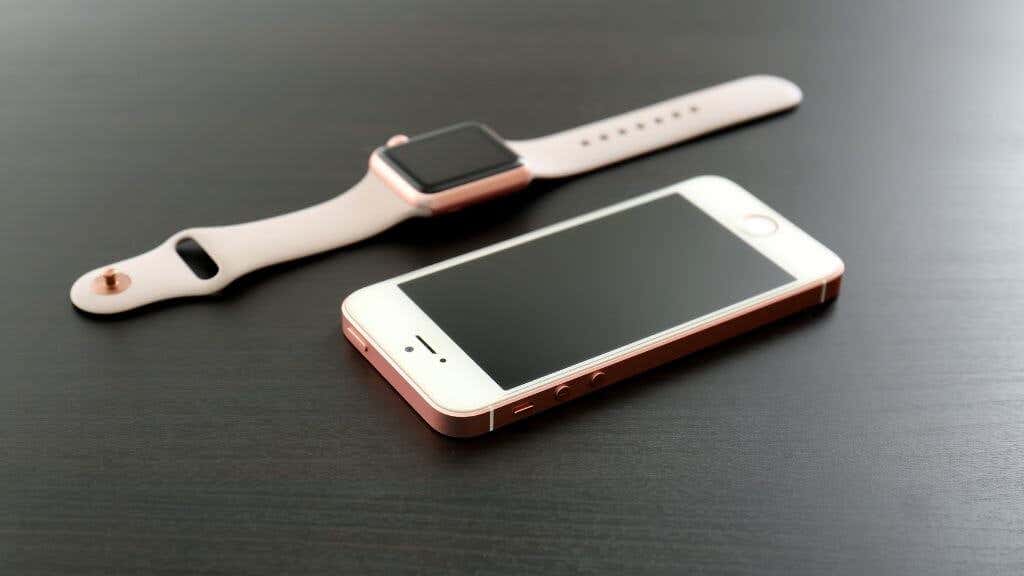
This may change in the future, and Apple has said it’s considering bringing iPad users into the fold. If Apple allows Mac or iPad users to set up and manage an Apple Watch one day, buying the cellular model makes more sense.
Still, buying an Apple Watch locks you into Apple’s phone brand unless you’re willing to give up both. However, if you keep your old iPhone, you can leave it at home if you have a cellular Apple Watch, so that’s another point in its favor!
Always Have Your Phone With You? Buy the GPS Model
If you know that you will always have your iPhone with you, even when you do outdoor walks or other activities, it doesn’t make much sense to pay for a feature you’ll never use. We’ve tried to highlight a few scenarios where you may end up being grateful that you did have the option to use cellular features on your Apple Watch, but going without it is still a valid option.
It’s also worth keeping in mind that your Wi-Fi-only Apple Watch, well, still has Wi-Fi. So if you have a portable hotspot or always have access to Wi-Fi in the place you roam, you can still get most of the benefits offered by the cellular model. Likewise, if you’re going to be in places with no cellular service anyway, it doesn’t matter which model of watch you ultimately choose.
Feeling Independent? Buy the GPS + Cellular Model
We think that the additional options offered by the cellular model are more than worth the price difference. If you carefully watch prices on commerce sites like Amazon, you can even get cellular Apple Watches at decent discounts, eroding some of that financial hesitancy.
Although it seems that the Apple Watch GPS vs. Cellular debate is between two almost identical products, the independence afforded to the Apple Watch through the cellular network expands how useful and powerful the device is. Even if you don’t have a specific reason to get the cellular model, we’d still recommend it to anyone prospective buyer over the GPS model unless there truly is no flexibility in your budget.




